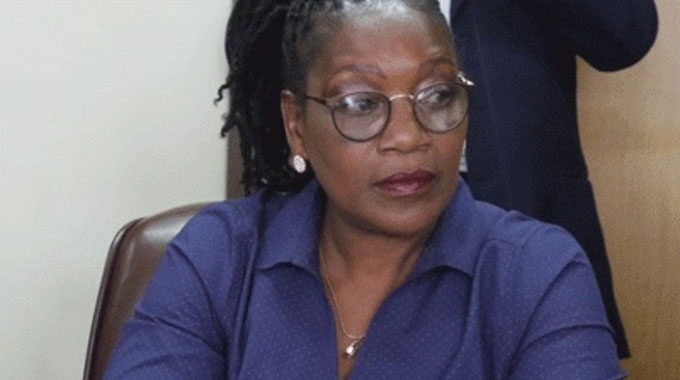‘HIV/Aids stats must be inclusive’

Conrad Mupesa
Mash West Bureau
The National Aids Council (NAC) has challenged stakeholders, including civic organisations and Government ministries to ensure that people with disabilities are captured in HIV statistics and databases.
Apart from living vulnerable lives in their respective communities, People Living With Disabilities (PLWD) remain excluded from HIV data collections, an anomaly that has acted as a barrier in reducing new infections.
Although statistics are based on studies and estimates, the NAC believes there is need for various players to also target PLWD when gathering data on people living with HIV and AIDS for the nation to achieve 95-95-95 targets by 2030.
The 95-95-95 targets are meant to ensure that 95 percent of people living with HIV know their status; 95 percent of people who know their status are on treatment and that 95 percent of people on treatment have suppressed viral loads.
Most districts in Mashonaland West in 2019 managed to reach the 90 percent mark in the distribution of antiretroviral drugs ahead of the 2023 target, but they were concerns that people with disabilities were not adequately represented.
Speaking during a provincial stakeholders’ workshop held at Zimbabwe Institute of Public Administration and Management (ZIPAM) in Darwendale last week, NAC’s district AIDS coordinator for Mhondoro-Ngezi, Dr Vakai Matutu, said while disability was homogeneous, data gatherers were failing to separate people with disabilities from the list of people living with HIV/AIDS.
“Statistics that are given on HIV/AIDS do not put in mind the number of those living with HIV/AIDS who have disabilities. Globally, we do not have statistics with significant numbers of (PLWD) and this makes it impossible to reach 95-95-95 by 2030.
At least one billion people representing 15 percent of the global population are people living with disabilities and they continue to face persistent discrimination, mostly girls and women,” he said.
He said women in Africa were vulnerable to poverty and HIV and it was prudent for governments to address HIV-related issues in people with disabilities to help close the gap in new infections through empowering women, the vulnerable and those living with disabilities.
NAC’s provincial monitoring and evaluation officer, Mr Davison Mambudzi said while various players including NAC had come up with models aimed at addressing HIV issues, none were cognisant of people with disabilities.
He said there is need to put mechanisms in place to help support people with disabilities against contracting HIV/AIDS.
“Some of the people living with disabilities don’t even know what a condom looks like as they are visually-impaired, while others cannot use them because they do not have hands. It is imperative to devise strategies that help teach HIV prevention methods to the disabled,” Mr Mambudzi said.
Government provincial social development officer, Mr Agnes Mutowo said people with disabilities often experience increased risk factors associated with acquiring HIV as they are prone to poverty.
“Increased vulnerability leads to sexual violence and abuse, but as Government, we have various criteria that we use to ensure that vulnerable people including the disabled benefit from the resources that are available,” she said.
She said a people-with-disability desk has been set up in the department, which is also aimed at addressing the concerns of PLWD.









Comments